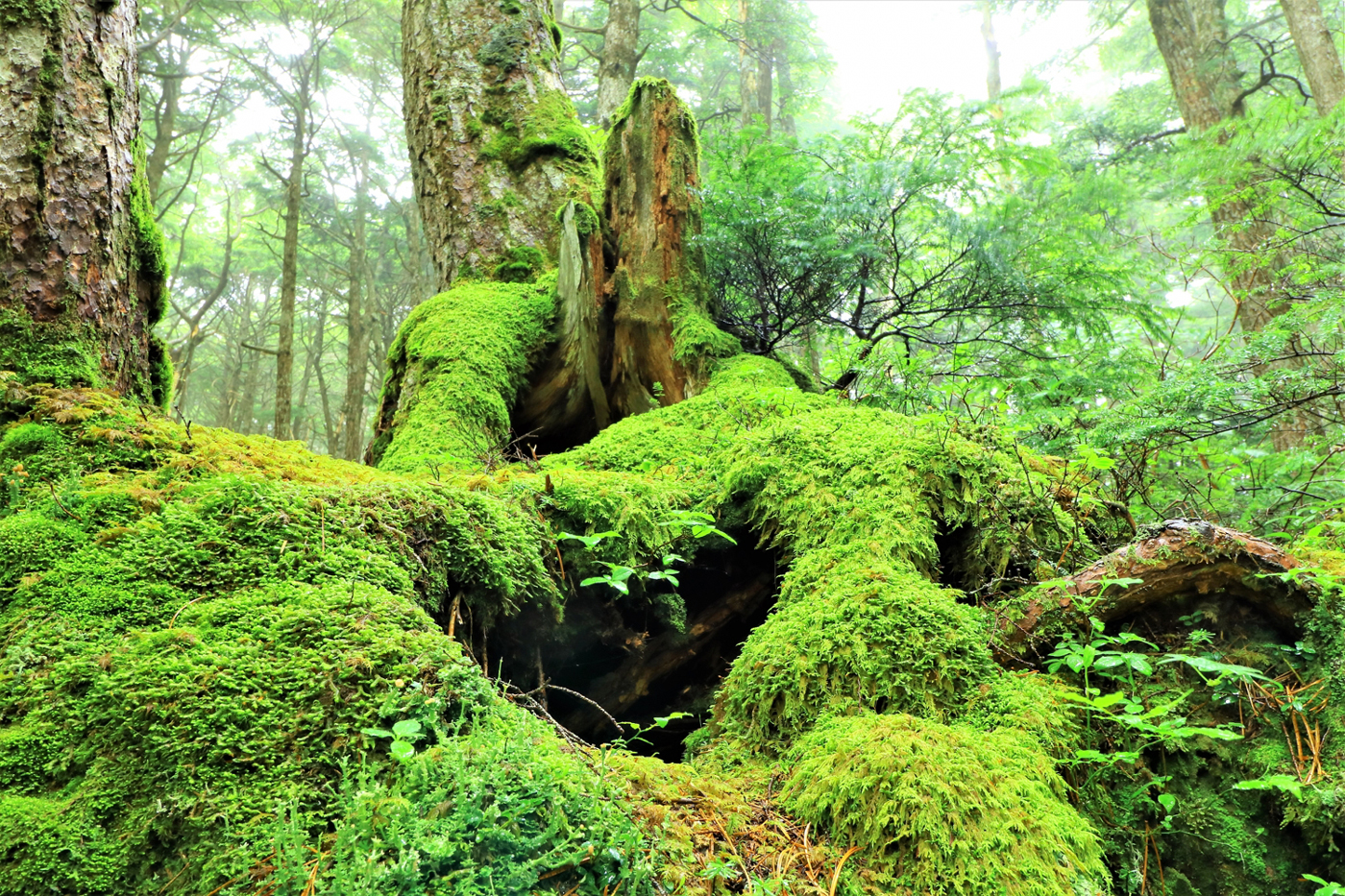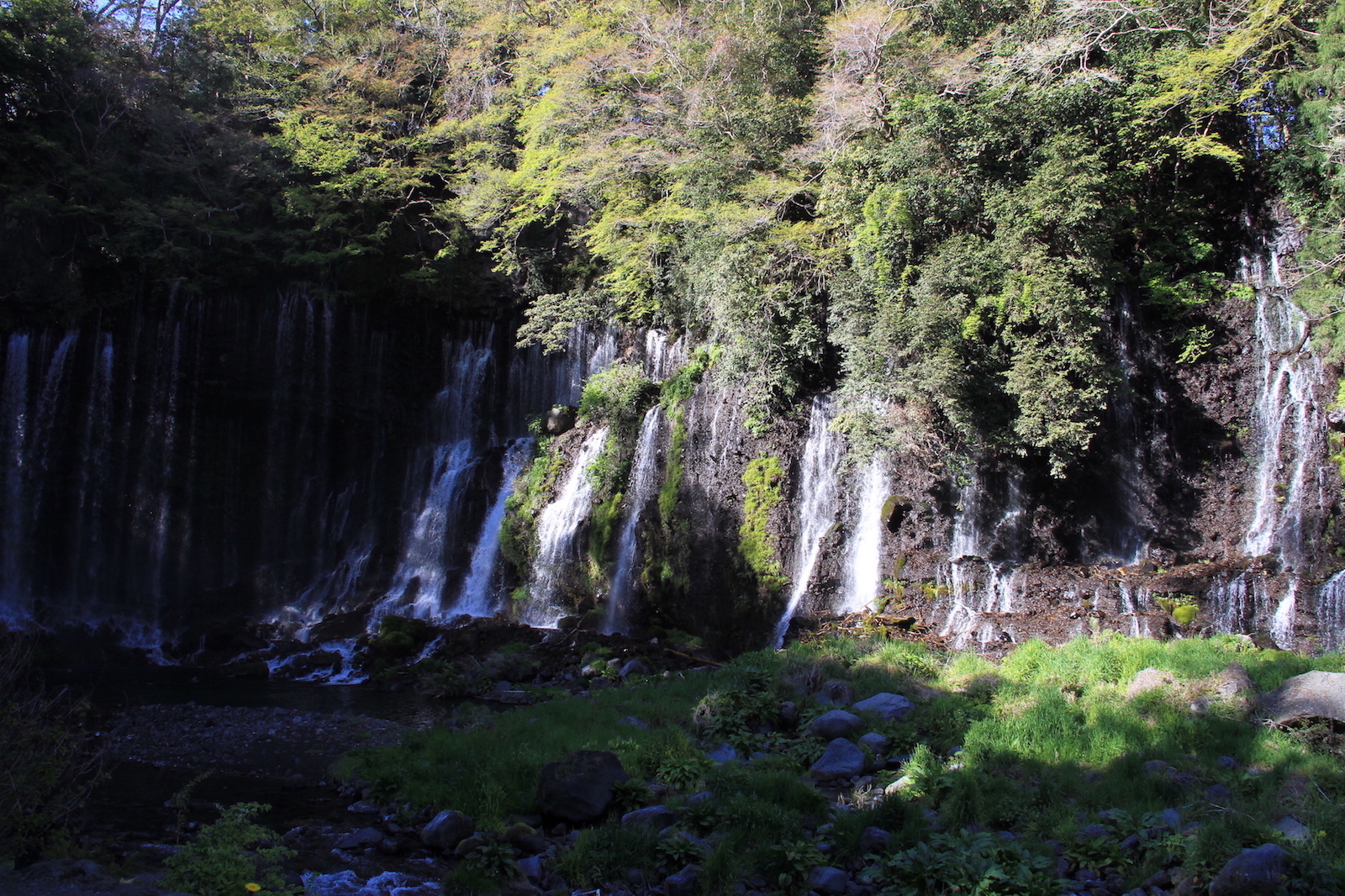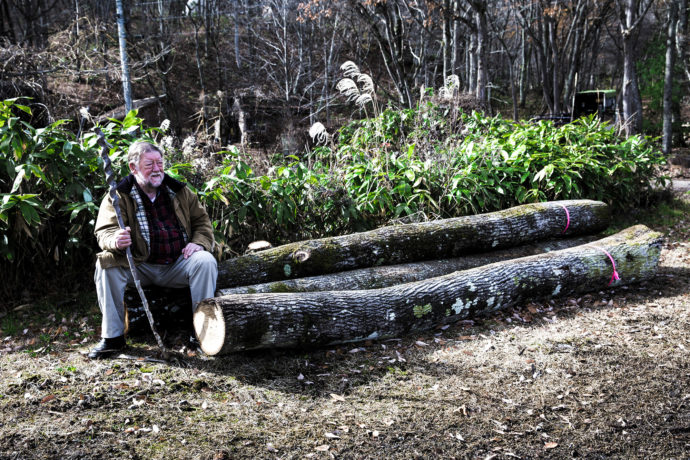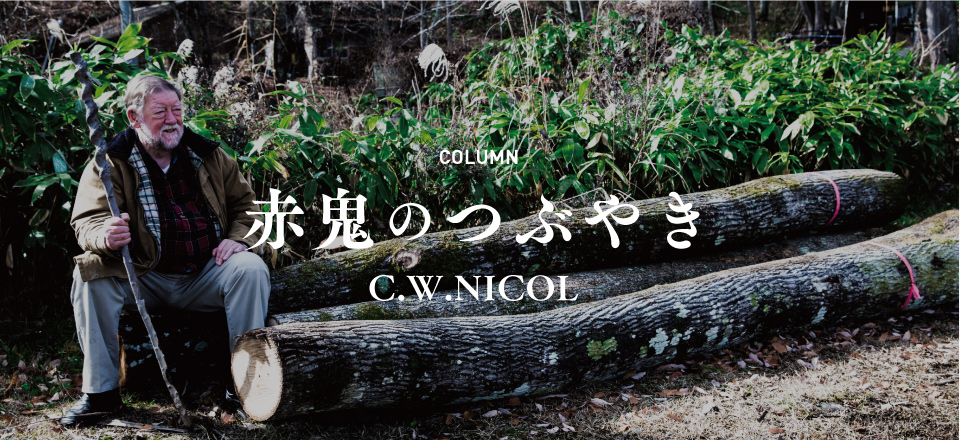Column
【赤鬼のつぶやき C.W.ニコル】レバノンスギ(Lebanon Cedar)
20年ほど前、我らがアファンの森の守り人である林業家の松木さんに日本のあるNGOから連絡がありました。紛争地域のレバノンに絶滅が危惧されるレバノンスギを蘇らせようと活動している組織でしたが、当時レバノン情勢はかなり悪化しており、山岳地域に入るのは危険すぎる状況だったのです。そのNGOからの依頼は、自分たちが日本で育ててきたレバノンスギの若木の一部をアファンの森で育ててもらえないかというものでした。 まだアファンの森が財団法人になる前のことでしたが、ちょうど森の一画に歴史的、教育的に意義があると思われる外来種をいくつか植えようとしているところでした。
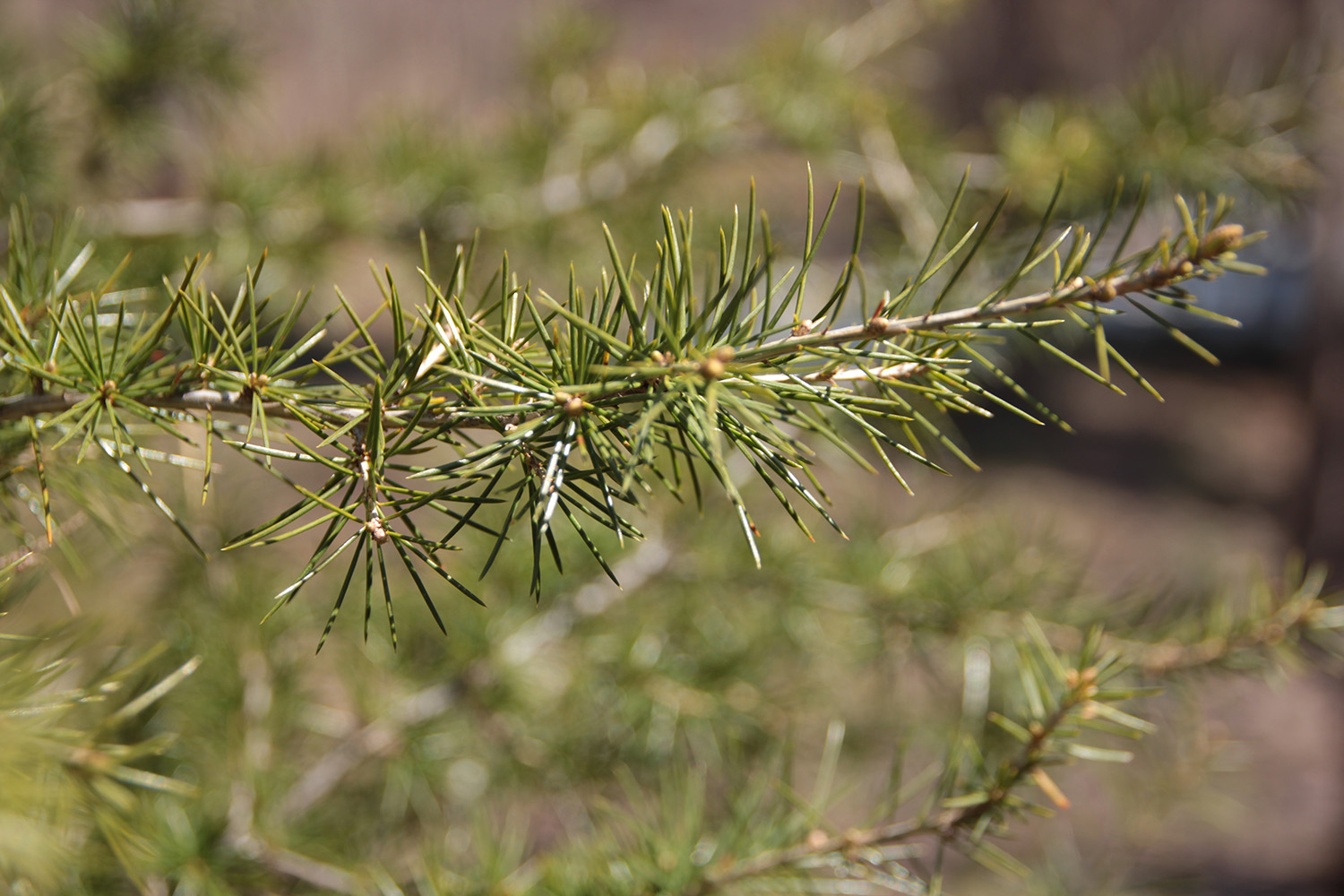
レバノンスギといえば、メソポタミア神話の『ギルガメッシュ叙事詩』にも登場します。古代メソポタミアの伝説的な王ギルガメッシュはレバノンスギの古木の森を切り開こうと森に足を踏み入れ、神の怒りに触れてしまうのです。また、レバノンスギは聖書にも何度か出てきますし、エルサレムのソロモン神殿の建設にも使われたと言われています。神殿はその後、ローマ帝国によって破壊され、有名な「嘆きの壁」だけが今も残されています。こうした歴史的重要性から、英国では17世紀――あるいはもっと前から、レバノンスギの植樹が行われてきました。
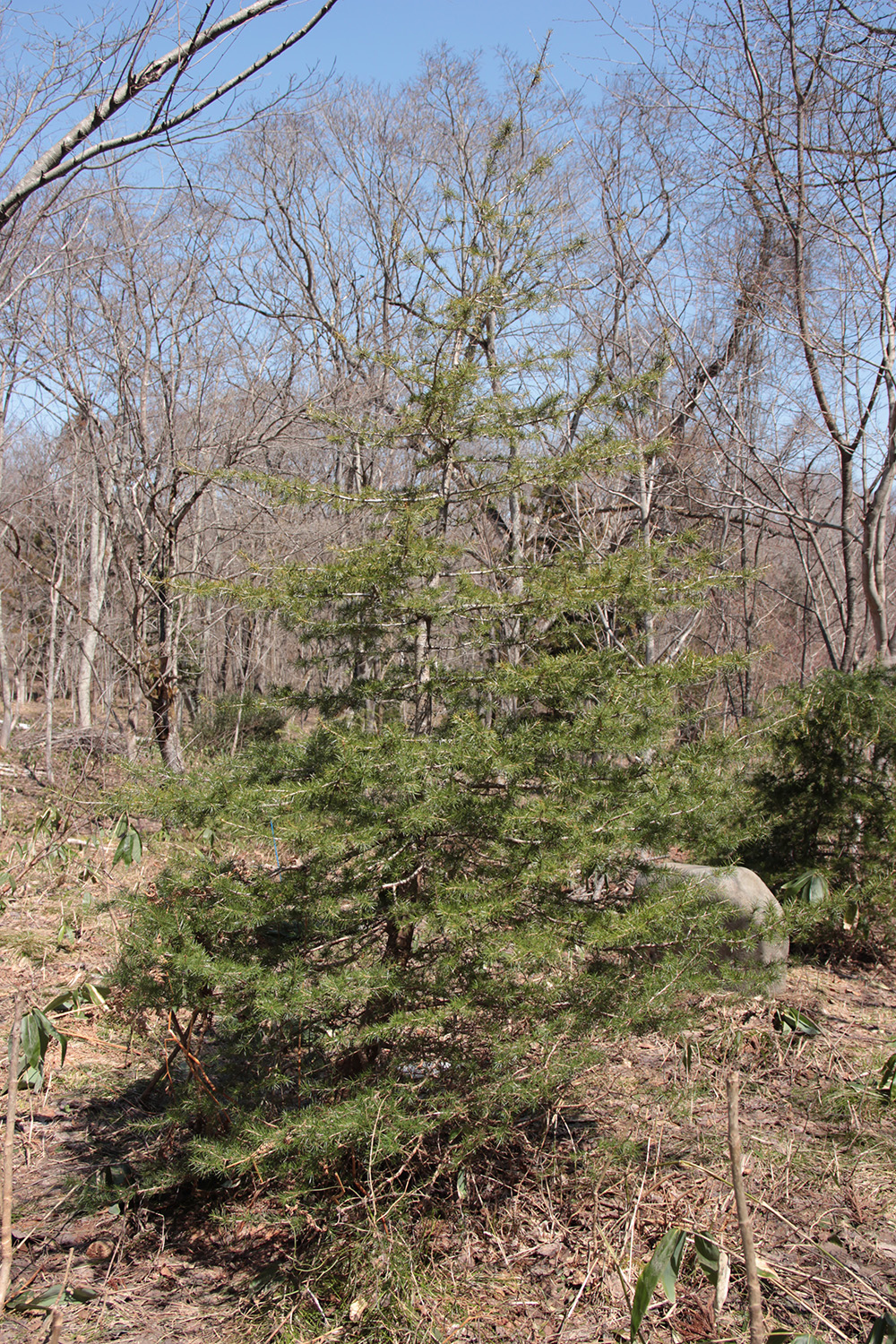
レバノンスギはゆっくり成長しますが、時間をかけて樹高40メートルくらいになると、幹の太さは胸高あたりで堂々たる直径が2.5メートルにも達します。常緑針葉樹であるレバノンスギは、木目の細やかさと黄味を帯びた美しい色調、長く続く強い芳香などから、針葉樹の中でも最も貴重なものとされています。東地中海地域での大規模な伐採によって絶滅の危機に陥りましたが、地域の政情安定によって、現在ではトルコを中心にレバノンスギを蘇らせようとする努力が続けられています。
レバノンスギはレバノンの象徴であり、国旗にも描かれています。
私たちはNGOから引き受けたレバノンスギの若木を6本、アファンの森に植えました。うまく根づいて元気に育っていますが、20年がたった今もまだ小さいままです。英国の公園の記録から、レバノンスギは最初の70~80年間はとてもゆっくりと成長し、以後は成長のペースが速まることがわかりました。欧米では観賞用として人気の高い木ですが、雪や寒さにも強いので、ここ北長野のアファンの森にもぴったりなのです。
ここのレバノンスギが大木となる頃、松木さんも私もそれを自分の目で見ることはないでしょう。それでも、いつの日か、アファンの森を訪れた人たちが天を突く大木を見上げて「これは何という木なのだろう」と目を丸くするところを想像するだけで、私の胸は躍るのです。
C.W.ニコル
2019年3月
写真提供:C.W.ニコル・アファンの森財団
About twenty years ago Mr. Matsuki, our Afan forester, was approached by a Japanese NGO that were trying to bring back the endangered Lebanon cedars to that embattled land. The situation had grown worse in Lebanon and it had become too dangerous to go into the mountains. They asked Mr. Matsuki if we could take some of the young trees that the NGO had been raising here in Japan.
This was before our woodland became a trust, and at that time, in designated places, we were planting a few foreign trees that had historical and educational merit. The great cedar forests are mentioned in the tales of gods and heroes of Mesopotamia mythology, when Gilgamesh goes into the forest to cut down the great trees, thus angering the gods. The Lebanon cedar is also mentioned several times in the bible and was used to build Solomon’s temple in Jerusalem. The temple was destroyed and razed by the Romans, and now only the famous Wailing Wall remains. Because of their significance Lebanon cedars have been planted in Britain since the seventeenth century, and possibly even earlier.
The Lebanon cedar is a very slow-growing tree that can reach a height of forty metres, with massive trunks some two and a half metres in diameter at chest height. The Lebanon cedar is an evergreen conifer, whose wood is valued more than any other conifer for its fine grain, yellow colour and long-lasting fragrance. Deforestation throughout the eastern Mediterranean area endangered the tree, but with peace, efforts are being made to bring it back, especially in Turkey.
The Lebanon cedar is the symbol of Lebanon and is depicted on the national flag.
We planted half a dozen small trees and although they are surviving and seem healthy they are still very small. British park records indicated that the tree grows very slowly for seventy to eighty years, and then grows fast. It is a popular ornamental tree in America and Europe, and is suited to survive snow and cold, which should be good for us.
Neither Mr. Matsuki nor I will see our Lebanon cedars as big trees, but it amuses me that in the future, visitors to the Afan woods may be puzzled as to what kind of tree these are.
C.W.Nicol
March . 2019
C.W.ニコル
作家・1940年イギリス南ウェールズ生まれ。1995年日本国籍取得。カナダ水産調査局北極生物研究所の技官・環境局の環境問題緊急対策官やエチオピアのシミエン山岳国立公園の公園長など世界各地で環境保護活動を行い、1980年から長野県在住。1984年から荒れ果てた里山を購入し「アファンの森」と名づけ、森の再生活動を始める。2005年、その活動が認められエリザベス女王から名誉大英勲章を賜る。2011年、2016年に天皇、皇后両陛下がアファンの森をご視察された。


